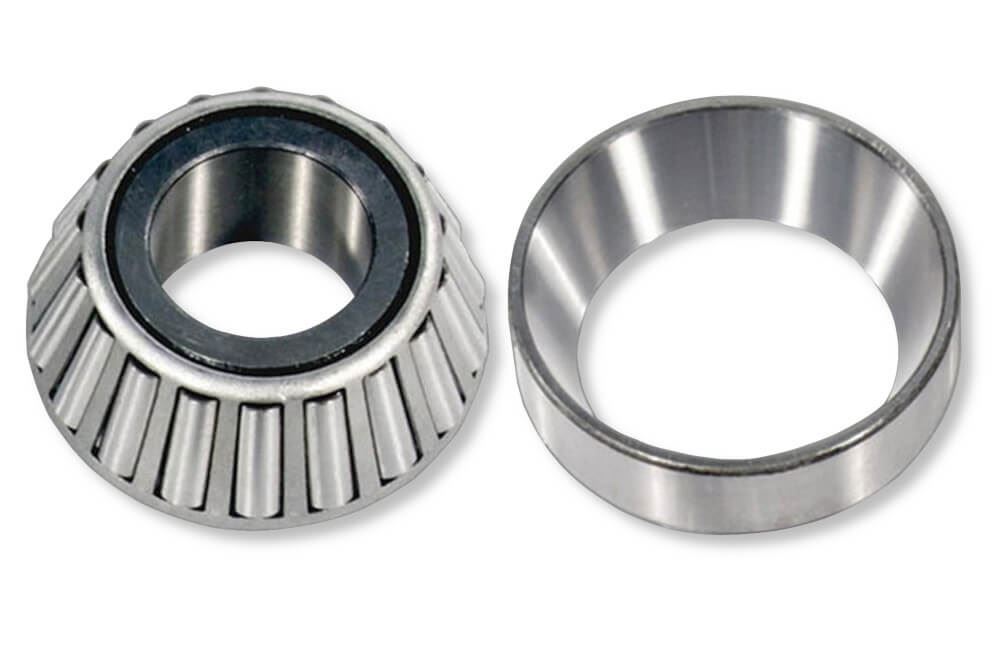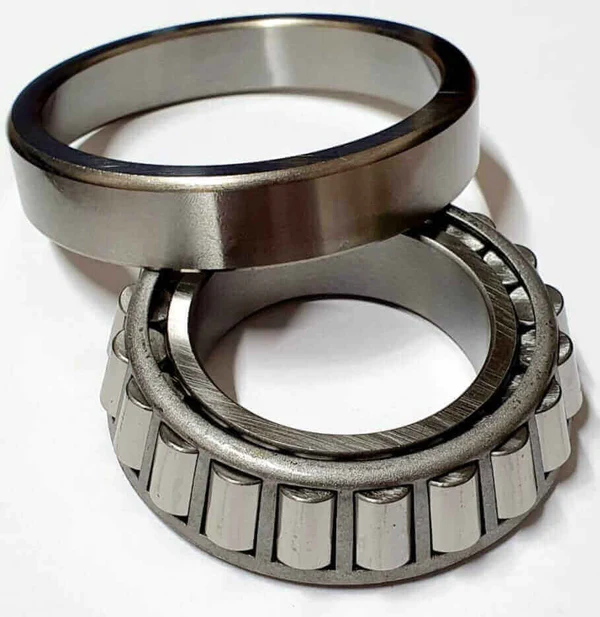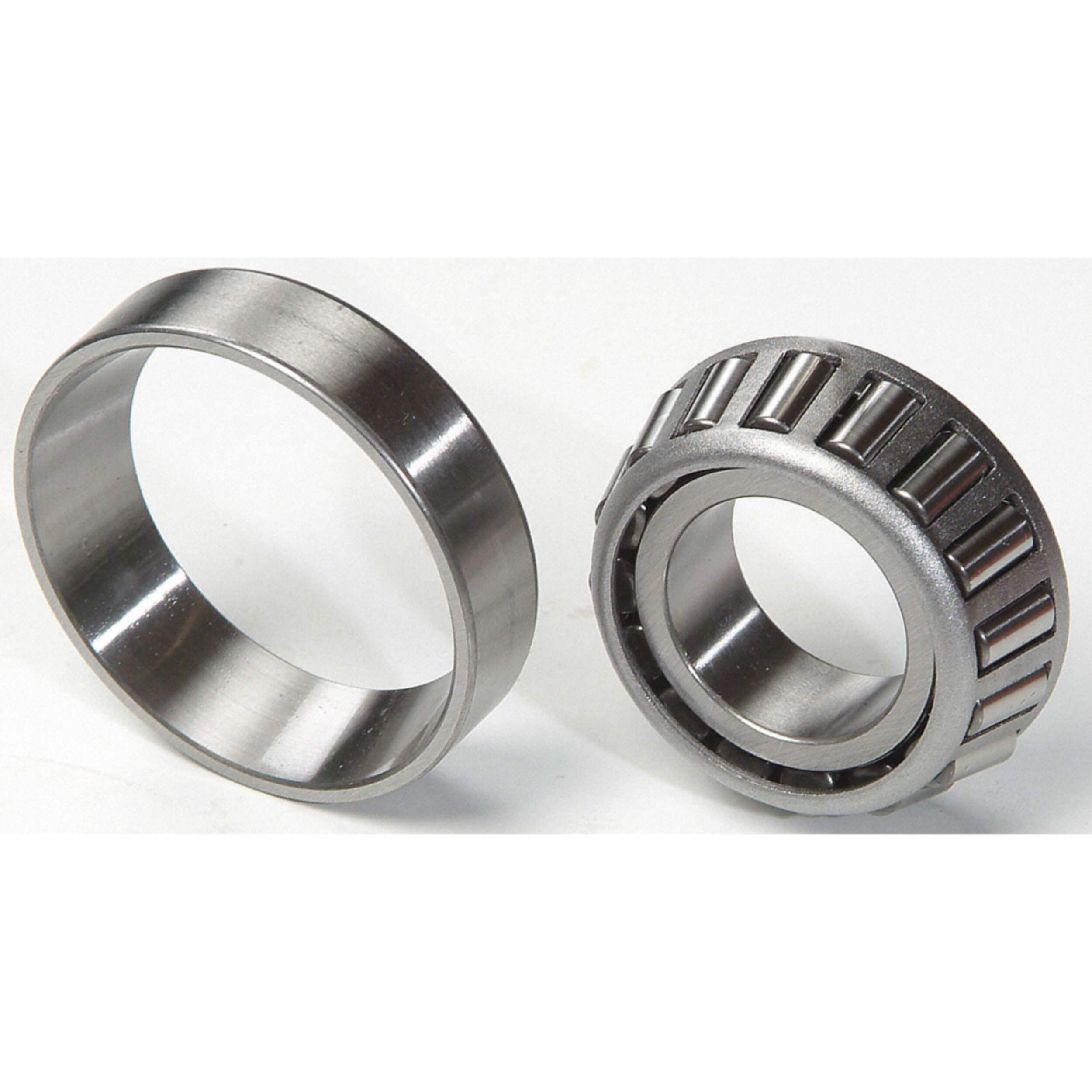Product Description
HK0608 HK 0608 Drawn Cup Needle Roller Bearing 6x10x8
Description of HK0608 HK 0608 Drawn Cup Needle Roller Bearing 6x10x8
1.Overview: Drawn cup needle roller bearings ,needle roller bearing support radial loads and reduce friction between rotating components, with a drawn outer shell serving as a raceway for the rollers. The low cross section of the drawn cup bearing provides high load-carrying capability with minimum required space. Drawn cup bearings are easily installed with a press fit in the housing.
2.Advantages:needle roller bearing
– Smaller cross-section leading to greated rigidity,higher load-carrying capacity & lower inertia of the needle roller bearings help size and weight reductions in machinery.
– Though they are less wide,their load carrying capacity is high and is most suitable for applications where the load is high & the radial space is less.
– Needle roller bearings,which are designed to withstand oscillation can operate under severe conditions & interchange with sliding bearings
3.Applications:needle roller bearing
– Transmissions,transfer cases,engines & valve trains
-Steering and braking systems
– Axle support
-Outboard engines
3.Expanded Options
– Assemblies with bearings
– Engineered polymer cages
– Bearings with 1 or 2 seals
-Closed end bearings
– Oil holes
-Drawn sleeve
4.Needle roller bearing specifications & Standards:
-Dimensions:the boundary dimensions of the drawn cup needle roller bearings are in accordance with ISO
-Bore size:Its size is meassured in millimeters.The bore is a hollow cylindrical chamber or barrel shaped where the metal balls are placed.
-Outer ring width:It is the width of the outer ring measured in millimeters.
5.Markets: needle roller bearing or needle bearing for Transmissions, transfer cases, engines, valve trains, steering and braking systems, axle supports,outboard engines, power tools, copiers, fax machines, paper-moving equipment and appliances.
Parameter of HK0608 HK 0608 Drawn Cup Needle Roller Bearing 6x10x8
| Bearing Designation | Boundary Dimensions | Basic Load Ratings | Limiting Speed | ||||
| HK | BK | Fw | D | C | Cr Dynamic | Cor Static | Oil |
| mm | mm | mm | Nm | Nm | |||
| HK0306TN | BK0306TN | 3 | 6.5 | 6 | 1320 | 950 | 60000 |
| HK0408TN | BK0408TN | 4 | 8 | 8 | 1540 | 1070 | 40000 |
| HK0509 | BK0509 | 5 | 9 | 9 | 2200 | 1790 | 36000 |
| HK0608 | – | 6 | 10 | 8 | 1830 | 1550 | 32000 |
| HK0609 | BK0609 | 6 | 10 | 9 | 2650 | 2400 | 3000 |
| HK0708 | – | 7 | 11 | 8 | 2800 | 2150 | 27000 |
| HK0709 | BK0709 | 7 | 11 | 9 | 2800 | 2150 | 27000 |
| HK0808 | BK0808 | 8 | 12 | 8 | 2550 | 2400 | 21000 |
| HK571 | BK571 | 8 | 12 | 10 | 3700 | 3450 | 21000 |
| HK571 | BK571 | 9 | 13 | 10 | 4050 | 4250 | 25000 |
| HK571 | – | 9 | 13 | 12 | 5000 | 6000 | 25000 |
| HK1571 | BK1571 | 10 | 14 | 10 | 3900 | 4800 | 19000 |
| HK1012 | BK1012 | 10 | 14 | 10 | 5000 | 6300 | 19000 |
| HK1015 | – | 10 | 14 | 15 | 6700 | 7800 | 19000 |
| HK1210 | BK1210 | 12 | 16 | 10 | 4150 | 5800 | 19000 |
| HK1212 | BK1212 | 12 | 18 | 12 | 3800 | 5100 | 15000 |
| HK1312 | BK1312 | 13 | 19 | 12 | 6200 | 7100 | 17000 |
| HK1412 | – | 14 | 20 | 12 | 6800 | 7500 | 14000 |
| HK1416 | – | 14 | 20 | 16 | 7300 | 9000 | 14000 |
| HK1512 | BK1512 | 15 | 21 | 12 | 7000 | 8400 | 14000 |
| HK1514 | – | 15 | 21 | 14 | 8500 | 10400 | 13000 |
| HK1515 | – | 15 | 21 | 15 | 9100 | 11400 | 13000 |
| HK1516 | BK1516 | 15 | 21 | 16 | 9800 | 11400 | 14000 |
| HK1522 | – | 15 | 21 | 22 | 10400 | 16500 | 14000 |
| HK1612 | BK1612 | 16 | 22 | 12 | 7100 | 9200 | 14000 |
| HK1614 | – | 16 | 22 | 14 | 8800 | 9900 | 12000 |
| HK1616 | BK1616 | 16 | 22 | 16 | 15710 | 14300 | 14000 |
| HK1622 | – | 16 | 22 | 22 | 11100 | 17400 | 14000 |
| HK1712 | – | 17 | 23 | 12 | 6900 | 9300 | 13000 |
| HK1714 | – | 17 | 23 | 14 | 6800 | 15710 | 10000 |
| HK1716 | – | 17 | 23 | 16 | 8500 | 12500 | 10000 |
| HK1718 | – | 17 | 23 | 18 | 9500 | 10600 | 10000 |
| HK1812 | – | 18 | 24 | 12 | 7100 | 9900 | 12000 |
| HK1816 | BK1816 | 18 | 24 | 16 | 10600 | 15300 | 12000 |
| HK2571 | – | 20 | 26 | 10 | 5900 | 7200 | 10000 |
| HK2014 | – | 20 | 26 | 14 | 9700 | 18100 | 9000 |
| HK2016 | BK2016 | 20 | 26 | 16 | 11700 | 29100 | 10000 |
/* January 22, 2571 19:08:37 */!function(){function s(e,r){var a,o={};try{e&&e.split(“,”).forEach(function(e,t){e&&(a=e.match(/(.*?):(.*)$/))&&1
| Cage: | With Cage |
|---|---|
| Rows Number: | Single |
| Load Direction: | Thrust Bearing |
| Style: | With Outer Ring, Without Inner Ring |
| Material: | St14 |
| Type: | Open |
| Customization: |
Available
| Customized Request |
|---|

Maintenance and Lubrication Requirements for Cup Bearings
Cup bearings, like other types of bearings, require proper maintenance and lubrication to ensure their longevity and reliable performance. Here are the key considerations:
1. Regular Inspection: Periodically inspect cup bearings for signs of wear, damage, or misalignment. This visual inspection can help identify issues early.
2. Lubrication: Most cup bearings require lubrication to reduce friction and dissipate heat. The type of lubrication and frequency of re-lubrication depend on the bearing’s design and application. Consult the manufacturer’s recommendations for specific guidelines.
3. Contamination Control: Preventing contaminants like dirt, dust, and moisture from entering the bearing is crucial. Seals and shields help protect cup bearings from contaminants and should be regularly inspected for damage.
4. Re-greasing: In applications that require lubrication, re-greasing should be performed at regular intervals to maintain the proper lubrication film. Over-greasing can lead to overheating, while under-greasing can cause premature wear.
5. Correct Installation: Proper installation is essential to ensure cup bearings operate as intended. Follow the manufacturer’s installation guidelines, including torque specifications for locking nuts.
6. Temperature Management: Be aware of operating temperature limits. High temperatures can degrade lubricants, while low temperatures can affect bearing performance. Choose the appropriate lubricant for the expected temperature range.
7. Relubrication Holes: Some cup bearings have relubrication holes or grooves for easy maintenance. Make use of these features if available.
8. Handling and Storage: Store cup bearings in a clean, dry environment. Handle them with care to avoid damage to the bearing surfaces or seals.
Proper maintenance and lubrication practices are essential to maximize the service life and performance of cup bearings in various industrial and mechanical applications.

Considerations for Selecting Cup Bearings
Choosing the right cup bearings for an application involves several key considerations to ensure optimal performance:
1. Load Requirements: Determine the axial and radial loads that the cup bearings will need to support. Consider both static and dynamic loads to select bearings with suitable load-carrying capacities.
2. Operating Speed: Assess the rotational speed of the application. High-speed applications may require bearings designed for reduced friction and heat generation.
3. Environmental Conditions: Evaluate the environment in which the bearings will operate. Factors such as temperature, moisture, and exposure to contaminants can affect the choice of bearing material and sealing options.
4. Precision and Tolerance: Determine the required precision and tolerance levels for the application. Precision cup bearings are essential for applications where precise positioning or low runout is critical.
5. Lubrication: Consider the lubrication method. Some cup bearings are self-lubricating, while others require regular maintenance. The choice depends on the application’s accessibility and the need for maintenance-free operation.
6. Material Selection: Select bearing materials based on factors like load, corrosion resistance, and environmental impact. Common materials include steel, stainless steel, bronze, and plastic.
7. Bearing Type: Choose between various cup bearing types, such as tapered roller bearings, ball bearings, or needle roller bearings, depending on the specific application requirements.
8. Mounting and Installation: Consider the ease of mounting and installation. Some cup bearings may require special mounting considerations, and proper installation is crucial for optimal performance.
9. Cost Considerations: Evaluate the budget constraints of the project. While it’s essential to select high-quality bearings, balancing performance with cost-effectiveness is vital.
10. Manufacturer and Supplier: Work with reputable manufacturers and suppliers who can provide technical expertise, quality assurance, and support for selecting the right cup bearings.
By carefully considering these factors, you can make an informed decision when selecting cup bearings that align with the specific needs of your application.

Load-Carrying Capacity and Load Ratings of Cup Bearings
Cup bearings are designed to carry both radial and axial loads, and their load-carrying capacity is a critical factor in their performance. Load ratings for cup bearings are specified to help users understand their capabilities:
1. Radial Load Capacity: The radial load capacity of a cup bearing refers to its ability to support loads that are perpendicular to the shaft’s axis. This capacity is determined by factors such as the type of bearing, size, material, and design. Manufacturers provide radial load ratings in pounds or newtons to indicate the maximum radial load that a cup bearing can handle under ideal conditions.
2. Axial Load Capacity: The axial load capacity pertains to the cup bearing’s ability to support loads parallel to the shaft’s axis. Like radial load capacity, axial load capacity is specified by manufacturers and given in pounds or newtons. The design and construction of the bearing determine its axial load rating.
3. Combined Load Capacity: Cup bearings can handle combined radial and axial loads. Manufacturers specify the combined load rating to inform users about the maximum combined load, both radial and axial, that the bearing can support without premature failure. This rating is essential when the application involves varying loads or moments acting on the bearing.
It’s crucial to select cup bearings with load ratings that exceed the expected loads in the application. Factors like operating speed, temperature, lubrication, and misalignment can influence the effective load-carrying capacity of the bearing. Properly matching the bearing’s load ratings to the application’s requirements ensures reliable and long-lasting performance.


editor by CX 2024-05-10